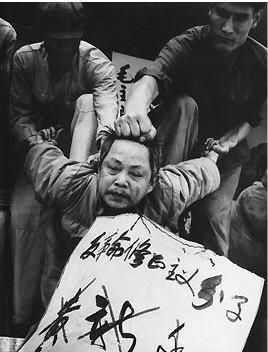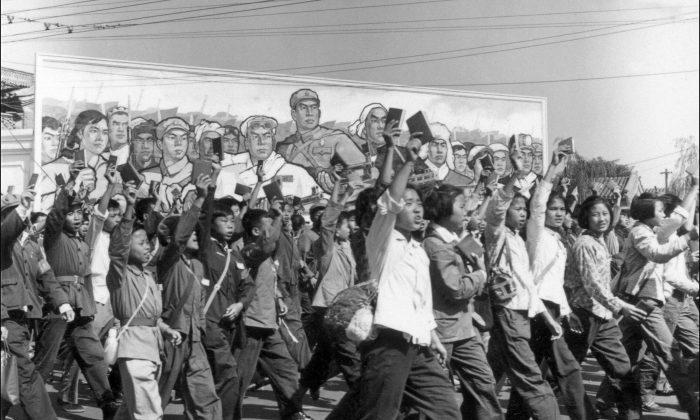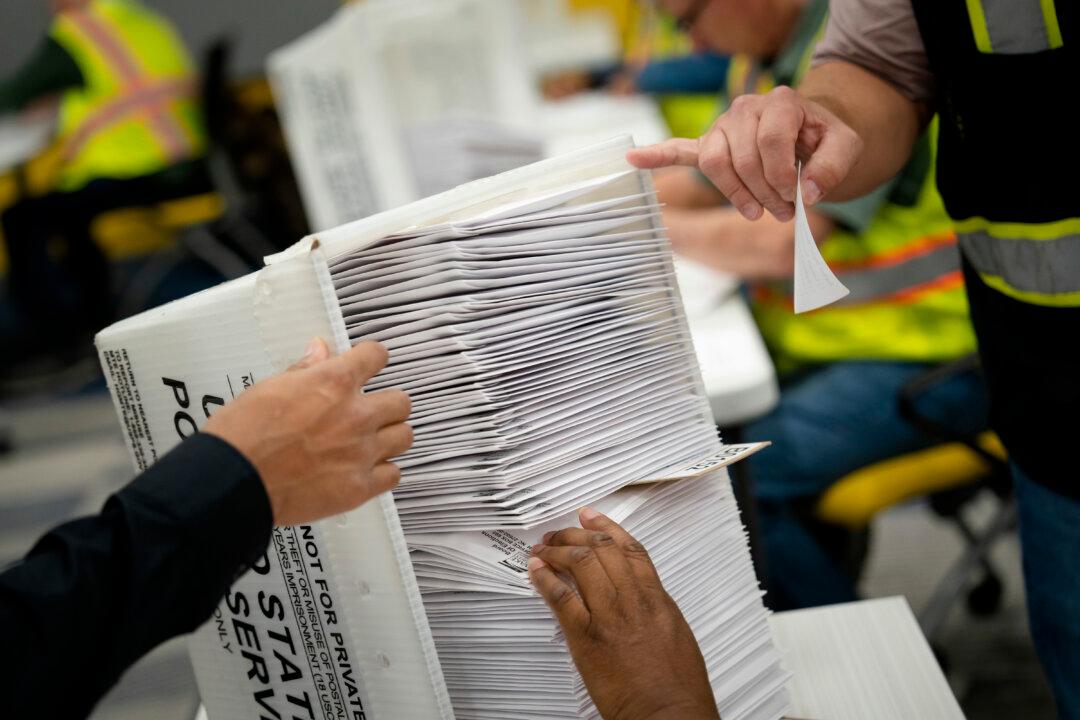“The murder was ghastly, worse than beasts.”
These words may sound like an apt description of crimes committed by a serial killer, a la Jeffrey Dahmer, but this was a crime of a much different nature—one of a widespread political campaign that cost the lives of millions.
During the frenzy of China’s Cultural Revolution—which pitted family members against one another, students against teachers, and Red Guards against religious leaders—the killing and cannibalization of people was committed in the name of the Communist Party’s idea of “political revolution and ‘class struggle,’” according to a memorial of the gruesome account.
The Cultural Revolution was launched by dictator Mao Zedong in 1966 and lasted until his death in 1976. It was a direct attack on the Chinese culture and traditions, resulting in the destruction of religious sites, and millions of deaths.
A high-ranking member of a CCP investigation into the matter in the 1980s found that 38 people were eaten in Wuxuan.

“All the cannibalism was due to class struggle being whipped up, and was used to express a kind of hatred,” he said. “The murder was ghastly, worse than beasts.”
Other scholars noted that the cannibalism occurred because of Wuxuan’s special circumstances: it had a ruthless CCP leader and rampant poverty.
“In 10 years of catastrophe, Guangxi not only saw numerous deaths, they were also of appalling cruelty and viciousness,” the official said. “There were beheadings, beatings, live burials, stonings, drownings, boilings, group slaughters, disembowelings, digging out hearts, livers, genitals, slicing off flesh, blowing up with dynamite, and more, with no method unused.”
“This was not cannibalism because of economic difficulties, like during famine,” said X.L. Ding, a Cultural Revolution expert at the Hong Kong University of Science and Technology.
“It was not caused by economic reasons, it was caused by political events, political hatred, political ideologies, political rituals.”
The Guangxi cannibalism incident was described as being even more inhumane than the Daxing Massacre, according to writer and researcher Zheng Yi, the author of the book “Scarlet Memorial.”
“County annals documented a typical scene: at midnight, the killers tip-toed to find their victim and cut him open to remove his heart and liver,” the account reads. “Because they were inexperienced and scared, they took his lung by mistake, then they had to go back again. Once they had cooked the heart and liver, some people brought liquor from home, some brought seasoning, and then all the killers ate the human organs in silence by the light of the fire in the oven.”





